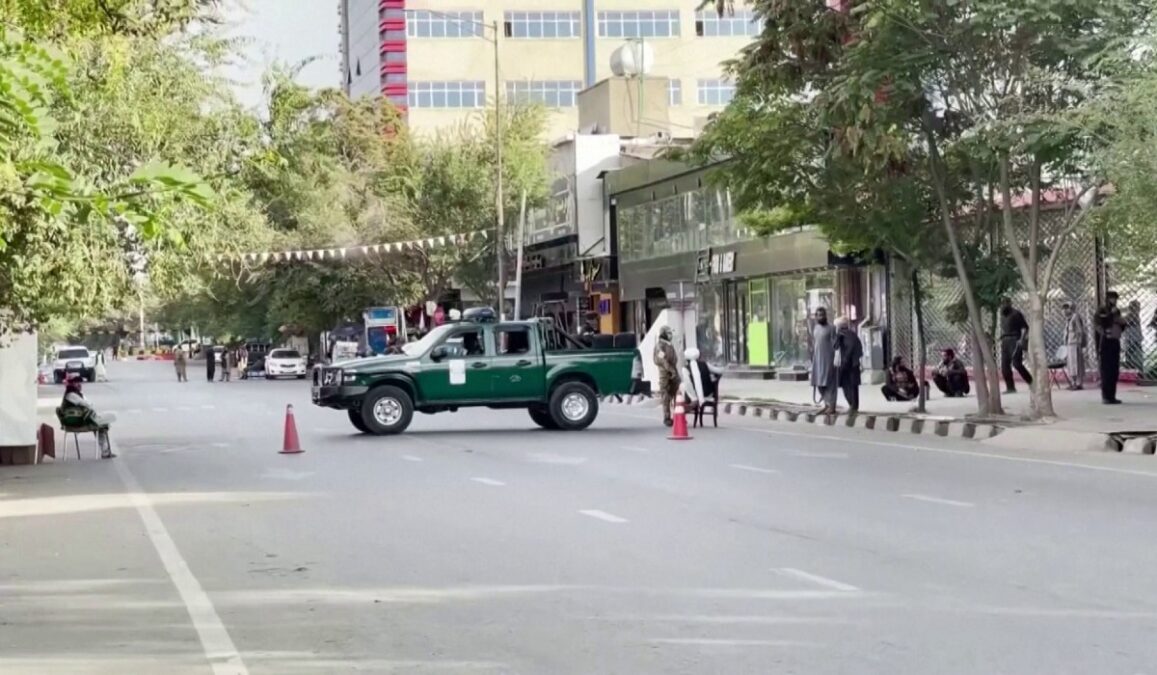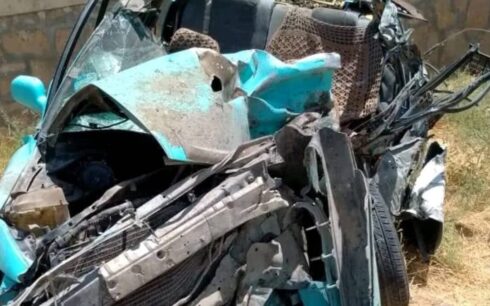In a report released by the United Nations Assistance Mission in Afghanistan (UNAMA) on Tuesday, it has been revealed that despite a significant reduction in civilian casualties since the Taliban takeover in August 2021, Afghanistan continues to grapple with high levels of civilian harm.
The report sheds light on the ongoing human rights issues and emphasizes the need for immediate action to protect Afghan civilians.
According to the UNAMA report, between August 15, 2021, and May 30, 2023, a total of 3,774 civilian casualties were recorded. Out of these, 1,095 individuals lost their lives, while 2,679 sustained injuries. Shockingly, three-quarters of the civilian casualties, amounting to 2,814 people, were a result of indiscriminate attacks using improvised explosive devices (IEDs) in populated areas. These attacks targeted locations such as places of worship, schools, and markets.
“I can’t remember many things, but I have seen those who were near the explosion torn into pieces and those who were a bit further they were a bit fine, I saw my brother and my other classmate also among the injured…one of my classmates also died during the transfer to Balkh hospital due to serious wounds he sustained. In Samangan provincial hospital there are more than 25 students hospitalized now some of them in critical situations and I hope they will be fine. Most of the students were below 18 years of age but we also had classmates who were above 18 years,” UNAMA mentions the statement by the victim of an IED explosion in a madrassa in Samangan province in the north of Afghanistan on December 1, 2022.
The report further highlights the distressing toll on vulnerable members of society. Among the recorded civilian casualties, 233 women and 866 children were affected, with 92 women and 287 children losing their lives. The figures reflect the grim reality faced by Afghanistan civilians, particularly women and children, who continue to bear the brunt of violence and conflict.
The findings also reveal that suicide attacks remain a grave concern in Afghanistan. Although overall civilian casualties decreased after the Taliban takeover, the lethality of suicide attacks increased. A smaller number of attacks caused a higher number of civilian casualties.
The report particularly points out the surge in civilian harm resulting from suicide attacks carried out by the self-identified Islamic State in Iraq and the Levant – Khorasan Province (ISIL-KP) or Daesh in the aftermath of the Taliban’s rise to power.
The report provides specific data on civilian casualties caused by suicide attacks in previous years, including the number of attacks and the responsible parties. It indicates that suicide attacks caused a considerable number of civilian casualties in previous years, with different armed groups being responsible for the attacks.
The report also focuses on the civilian harm caused by IED attacks on places of worship. It states that between August 15, 2021, and February 15, 2023, IED attacks on places of worship caused 1,218 civilian casualties, including 368 killed and 850 wounded. This accounted for more than one-third of all civilian casualties during the period, indicating a significant increase compared to the pre-Taliban takeover period. The report provides data on IED attacks on places of worship in previous years, highlighting the escalation of civilian harm in this regard.
Another alarming aspect highlighted in the report is the significant increase in civilian harm resulting from IED attacks on places of worship. Between August 2021 and February 2023, these attacks caused 1,218 civilian casualties, including 368 deaths and 850 injuries. This marks a substantial escalation compared to previous years, indicating the urgent need for enhanced protection measures for places of worship.
The report says that Daesh was responsible for the majority of IED attacks on places of worship carried out between 15 August 2021 and 30 May 2023.
During this period, UNAMA documented nine attacks on places of worship resulting in 853 civilian casualties (284 killed, 569 wounded) attributed to Daesh of Khorasan branch.
Attacks on Shi’a places of worship accounted for over half of civilian casualties resulting from attacks on all places of worship during this period. Sufi, Sunni and Sikh places of worship and religious gatherings were also affected.
• 226 people were killed and 460 wounded in four IED attacks on Shi’a places of worship. All four attacks were claimed by ISIL-KP.
• 103 people were killed and 228 wounded in four IED attacks on Sufi places of worship/religious gatherings. Three attacks remain unattributed, while the fourth attack was attributed to ISIL-KP (50 killed, 55 wounded).
• 37 people were killed and 159 wounded in ten IED attacks on Sunni places of worship. Nine attacks remain unattributed, while the tenth attack was attributed to ISIL-KP (three killed, 12 wounded).
• Two people were killed and three wounded in an IED attack on a Sikh place of worship. ISIL-KP claimed responsibility for the attack.
In response to the report, UNAMA has issued a series of recommendations. Armed groups are called upon to cease the indiscriminate use of IEDs in populated areas and to refrain from targeting civilians and civilian objects.
The de facto authorities are urged to conduct impartial investigations into IED attacks, prosecute the perpetrators, strengthen security measures in vulnerable areas, and ensure the provision of accurate information to the public regarding such incidents.
The release of the report has once again brought attention to the ongoing human rights crisis in Afghanistan. The report has asked the international community to take immediate action to protect civilians in Afghanistan and support efforts to restore peace and stability in the war-torn nation.
The report’s findings serve as a stark reminder that despite progress, much work remains to be done to ensure the safety and well-being of the people of Afghanistan.





